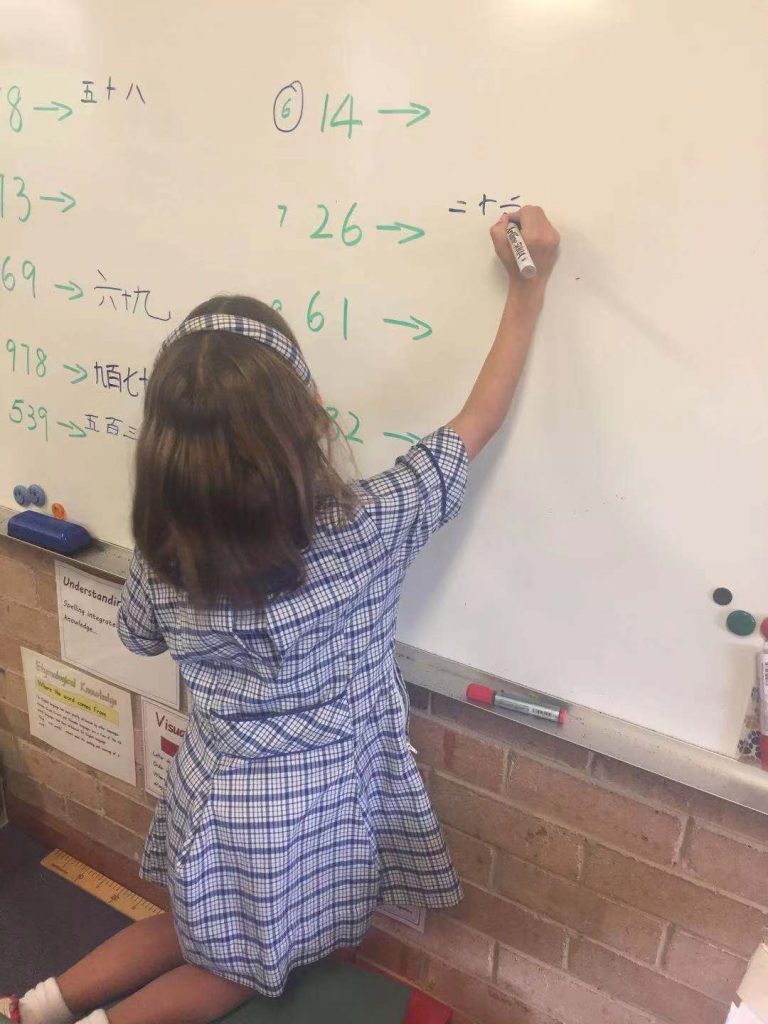The Bilingual children enjoy creative, cognitive, and cultural advantages because of their early exposure to multiple languages. Fortunately, childhood is an ideal time to learn a new language, especially when the brain is still developing. The younger your children are, the better it is to introduce them to a foreign language. Discover the different languages your kids can learn at KE Academy.
Studying a foreign language stimulates the brain, by boosting problem solving skills and improving memory. Students are taught the basics in these languages and once the basics are formed, everyday phrases that are necessary to form a general conversation in the country are taught. Reading and Writing in these languages are also taught as they are important as learning how to speak in these languages.
French
French is, along with English, the only language spoken on all five continents. French is an analytical language that structures thought and develops critical thinking. It is the language of great philosophers (Descartes, Sartre and Derrida, among others) and eminent scientists. French is not a difficult language to learn. It is a language that requires a certain precision but is also capable of expressing great subtlety. With our French class, it does not take long to reach a level where you can communicate in French.
Chinese (Mandarin)
Mandarin is the most language spoken in the world, and the Chinese characters are being used for thousands of years. With its rich culture, learning Mandarin can hold the key to unlocking your way to exploring the classical cultures. Although there are no alphabet in Mandarin, young children are still developing their primary language skills, and their brains are highly receptive to learning and adaptation. It will be easier for children to learn reading, speaking, listening, and writing.

Program Structure:
Students in our course are taught the basics first and once the basics are formed, they move onto more complex sentences and lastly they are assessed whether they can perform a general conversation in the language. In the lessons, students are also taught to read and write in these languages.
Learning Outcomes:
- Be able to perform a general conservation of everyday life in the language
- Be able to read and write the basics confidently
- Have proper stroke technique when writing mandarin characters
- Proper pronunciation of the words
- Appreciate the importance of learning different languages.